2017 Toyota 86 Review

Relative to pretty much everything else Toyota touches, the Scion brand was nothing short of a failure.
Like a Hellcat in the rain, Scion failed to gain traction, culminating in its death after about a dozen years on the market. It wasn’t, however, for a lack of enjoyable and affordable products, with a handful of solid offerings throughout the youth-oriented brand’s lineup, including the FR-S coupe. It was back to the basics in a market flooded with anything but; an honest-to-goodness sports car in the purest sense. So as the death knell tolls for Scion, the FR-S lives on, rebadged as the 2017 Toyota 86.
New By More Than Name
As one of only three Scion models to be salvaged — the others are the iM hatchback, rebranded as the Corolla iM, and the iA sedan, dubbed the Yaris iA (only two Scion models make the switch in Canada; the Yaris sedan was already on the market in place of the iA) — the 86, née FR-S, gets a fistful of new goodies as part of its welcome to the Toyota lineup. Slight styling enhancements, including redesigned front and rear fascias, LED lighting all around, and a new 17-inch wheel design, round out the exterior updates, while changes to the interior include a smaller steering wheel and synthetic suede trim on the seats, dash and doors.
ALSO SEE: 2016 Scion iM Review
Mechanically, the 86 gets a few minor tweaks, including revised spring rates and shock tuning, standard hill-start assist regardless of transmission choice to keep the car from rolling backwards, and new intake and exhaust manifold designs. And, like the Subaru BRZ with which the 86 shares its platform, manual versions of the 2.0-liter boxer four-cylinder-powered coupe get a modest five horsepower increase, for a total of 205, and a boost in the torque department for 156 lb-ft (automatic models make the same 200 horsepower and 151 lb-ft of torque as last year’s car). None of this, of course, is enough to write home about, but the changes don’t hurt, either.
FAST FACTS
| Engine: | 2.0L flat four-cylinder |
| Power: | 205 hp, 156 lb-ft (manual) |
| Transmission: | 6-speed manual; 6-speed automatic |
| EPA Fuel Economy (MPG): | 21 city, 28 hwy (manual) |
| Can Fuel Economy (L/100 km): | 11.3 city, 8.3 hwy (manual) |
| US Price: | Starts at $27,120 (destination included) |
| CAN Price: | Starts at $31,270 (destination included) |
The Natural
The 86 was built with the basics of driving enjoyment in mind. Brute power is not necessary to have fun in the Toyota 86, and so brute power isn’t part of the package. Even with the slight bump in output, the car is the least powerful in its segment by a long shot. But that doesn’t mean it isn’t fun; quite the contrary, actually.
ALSO SEE: 2016 Chevrolet Camaro 2.0T Review
The 86 may lack power, but it makes up for it by being light, tipping the scales at a scant 2,774 lbs (2,815 lbs with the automatic gearbox). That compares to curb weights of more than 3,300 lbs for the four-cylinder Chevrolet Camaro and BMW 230i, and more than 3,500 lbs for Ford Mustang EcoBoost. And while each one of those cars will easily out-muscle the 86 in a sprint, of course, it’s not off the line where the 86 is most impressive, but rather in the corners, where its nimble handling and communicative chassis provide plenty of control. With a suspension setup that is neither too soft nor too stiff, the car can be tossed into a corner with little recoil, the thick sway bars keeping body roll to a minimum, the car poised for the next turn. Even with track mode engaged — and with it traction control turned off — the 86 offers plenty of road-hugging ability, a much-valued trait on the twisting section of Route 33 running through Los Padres National Forest in Southern California.
ALSO SEE: 2017 Subaru BRZ Review
And then there are the transmissions. Both six-speeds, Toyota says the take rate on the automatic compared to the manual is about 60/40, which means 60 percent of buyers are missing out on almost 100 percent of the fun. Sure, it doesn’t take all the enjoyment out of the drive, but it definitely saps most of it, feeling unwilling to cooperate at times despite its rev-matching ways.
The only way to truly enjoy the automatic, it seems, is to put it in high-revving sport mode through the twisty stuff while remaining in second and third — and occasionally fourth — gears in order to stay in the meaty part of the powerband (4,000 rpm and above). The manual, meanwhile, is user-friendly for drivers of all skill level, with few nuances to worry about. With its pronounced gates that are easy to slip in and out of without missing a gear, the manual is a tremendously engaging gearbox. It isn’t, however, perfect, with a clutch that’s softer than a Krispy Kreme donut fresh out of the microwave.
Having driven both manual and automatic cars through the same portion of the tight and technical 60-mile route north of Ojai, Calif., the three-pedal setup was the clear favorite.
Coming Up Short
The car’s interior, which covers the basics, looks a little dated, and is the one glaring weakness in an otherwise impressive package. While much of the interior materials look and feel the part of a sports car, others simply miss the mark — namely the center stack and climate control knobs, which come across as cheap. The center stack does feature a right-sized seven-inch touchscreen infotainment display, but little in the way of infotainment. It has HD radio, auxiliary input, USB and iPod interface, and Bluetooth phone and audio pairing. That’s about it. There are no plans to bring Apple CarPlay or Android Auto to this or any other Toyota model in the foreseeable future, but the infotainment interface is far superior to the Starlink system found in the BRZ.
On the other hand, the interior may also not be basic enough for some. A stripped-out version featuring manual locks and windows, while unconventional, would surely be a welcome addition for drivers who could do without the few frills the 86 offers.
ALSO SEE: New Toyota Supra Sounds like a Hybrid in First Spy Video
It’s also unfortunate that the new performance pack available on the BRZ, which includes Sachs dampers, Brembo brakes and wider wheels and tires, isn’t available on the 86. However, a handful of parts developed by TRD, Toyota’s in-house performance division, can be added, including lowering springs, thicker sway bars and a short-throw shift kit. And best of all, they won’t void the warranty (assuming they’re installed by a Toyota dealer).
The Verdict: 2017 Toyota 86 Review
The Scion brand may be dead, but its youthful essence is alive and well in the 2017 Toyota 86. Sure, the fanboys and girls will complain about the lack of a turbocharged engine, but the coupe hits a sports car sweet spot that few others can match. It also officially gives Toyota its first true sports car in North America in well over a decade. Now where’s our Supra?
LOVE IT
- Responsive handling
- Balanced ride
- Turn-key fun factor
LEAVE IT
- Automatic transmission
- Soft clutch feel
- Outdated center stack

Dan is AutoGuide.com's Road Test Editor, a long-suffering Buffalo Bills fan, and a car guy since childhood. He enjoys long walks on the beach and long drives just about anywhere the road, track or trail will take him. You'll see him driving around evaluating cars and in front of a camera talking about them. Dan is a member of the World Car of the Year jury.
More by Dan Ilika



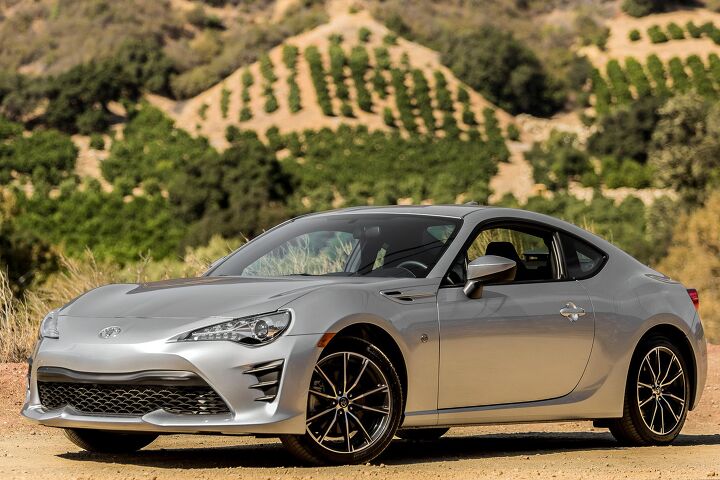

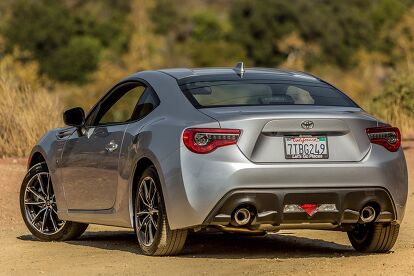







































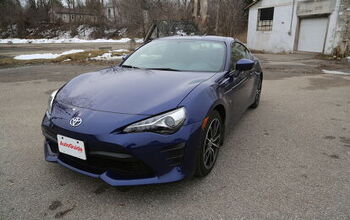
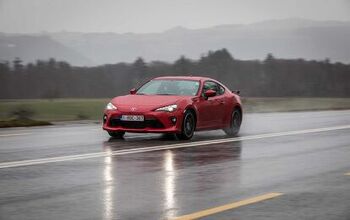



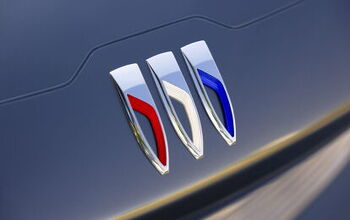
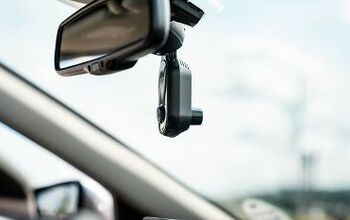

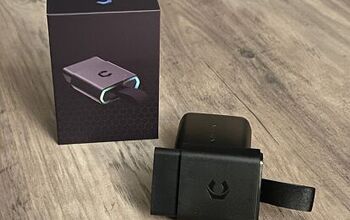

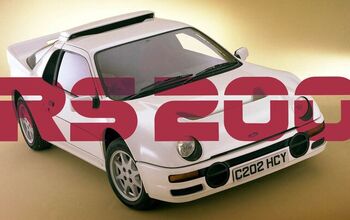

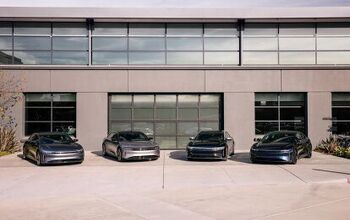


Comments
Join the conversation
I test drove the Civic Si and the FR-S on the same day...While both were fun, the Civic had the best clutch.
Came to work in my FR-S today, any excuse to drive the car and I take it even thought it is not the daily! Roundabouts become very fun in one of these. The interior is Fisher Price time for sure, but where it counts, works really well - ergonomics are perfect, seat comfort is excellent and for me, subjectively, the steering wheel is just a steering wheel, not a button fest! Quite a few TRD parts on hand, but I opted only for the CAI - this meant more air and also removed the damned sound pipe (not a fan of these pipe, aktors and other sound tricks). I like the suspension as is since it is a flat steering car already but understand track days would be better with some of the suspension add on and also brake upgrades (some brake mods maybe next on my list).